Wastewater Treatment
Nanotechnology For Water Treatment: Recent Advances And Future Trends
Views : 16
Nanotechnology For Water Treatment Recent Advances And Future Trends
Prepared By: Ahmed Hasham
Usually dispatched in 2 to 3 days
Usually dispatched in 2 to 3 days
Category:
Wastewater Treatment
Only logged in customers who have purchased this product may leave a review.
Related books
Adsorption And Biological Filtration In Wastewater Treatment
Over the last few decades adsorption has gained paramount importance in industry and environmental protection. Adsorption processes are widely applied for separation and purification because of the high reliability, energy efficiency, design flexibility, technological maturity and the ability to regenerate the exhausted adsorbent. One method of important extending the adsorption treatment processes is biofiltration. The biological filter relies on the activities of the community of micro-organisms that become attached onto the filter media. Microbes oxidize organic matters in water to produce energy and therefore available nutrients sources in feed water are essential for their development. Biofiltration can effectively remove organic matter that is not able to be removed from water and biologically treated sewage effluent in conventional sewage treatment. The microbial attachment process, the factors that influence biological filtration, the kinetics of microbial growth and details of the microbial community in the biofilter are discussed in detail. There are several types of biofilters including submerged filters, trickling filter, bed filter, fluidised bed. The different biofilters are described and a comparison between them is provided. The application of biofilters for treating various types of wastewater effluent is detailed.
Adsorption And Biological Filtration In Wastewater Treatment
Over the last few decades adsorption has gained paramount importance in industry and environmental protection. Adsorption processes are widely applied for separation and purification because of the high reliability, energy efficiency, design flexibility, technological maturity and the ability to regenerate the exhausted adsorbent. One method of important extending the adsorption treatment processes is biofiltration. The biological filter relies on the activities of the community of micro-organisms that become attached onto the filter media. Microbes oxidize organic matters in water to produce energy and therefore available nutrients sources in feed water are essential for their development. Biofiltration can effectively remove organic matter that is not able to be removed from water and biologically treated sewage effluent in conventional sewage treatment. The microbial attachment process, the factors that influence biological filtration, the kinetics of microbial growth and details of the microbial community in the biofilter are discussed in detail. There are several types of biofilters including submerged filters, trickling filter, bed filter, fluidised bed. The different biofilters are described and a comparison between them is provided. The application of biofilters for treating various types of wastewater effluent is detailed.
Discharge quality from municipal wastewater treatment plants and the Sludge Biotic Index for activated sludge: integrative assessment
Abstract
Wastewater treatment plants (WWTPs) are scrutinized by Environmental Authorities particularly regarding the compliance to discharge limit values fixed by national and local regulations. An integrated approach is necessary to achieve the objectives established with Directive 2000/60/EC (WFD) considering the ecological status of the receiving water body and the quality of the discharge. Specifically, documentary, technical, management and analytical controls should be developed. Moreover, integrative information on the behaviour of the activated sludge in the aeration tank can be useful for plant managers as well as for the regulating Authorities. The study presents the experience concerning WWTP regulation considering the analytic assessment of the discharge as well the monitoring of the Sludge Biotic Index (SBI) for activated sludge. Data from monitoring during the period 2008–14 on SBI values and chemical and microbiological data on the discharges of a sample of 35 WWTPs in the province of Venice (north-east Italy, Veneto region) are presented and discussed. Together with chemical and microbiological analysis, the SBI appears to be a highly useful index for the integrative assessment of plant functionality, in particular when monitoring and identifying critical situations that can determine the exceedance of discharge limit values. The SBI method, in an integrated control approach, can be used for small and medium sized WWTPs that only treat domestic wastewaters. In a case by case assessment this may even substitute part of the analytical monitoring carried out in the WWTPs' control process.
Discharge quality from municipal wastewater treatment plants and the Sludge Biotic Index for activated sludge: integrative assessment
Abstract
Wastewater treatment plants (WWTPs) are scrutinized by Environmental Authorities particularly regarding the compliance to discharge limit values fixed by national and local regulations. An integrated approach is necessary to achieve the objectives established with Directive 2000/60/EC (WFD) considering the ecological status of the receiving water body and the quality of the discharge. Specifically, documentary, technical, management and analytical controls should be developed. Moreover, integrative information on the behaviour of the activated sludge in the aeration tank can be useful for plant managers as well as for the regulating Authorities. The study presents the experience concerning WWTP regulation considering the analytic assessment of the discharge as well the monitoring of the Sludge Biotic Index (SBI) for activated sludge. Data from monitoring during the period 2008–14 on SBI values and chemical and microbiological data on the discharges of a sample of 35 WWTPs in the province of Venice (north-east Italy, Veneto region) are presented and discussed. Together with chemical and microbiological analysis, the SBI appears to be a highly useful index for the integrative assessment of plant functionality, in particular when monitoring and identifying critical situations that can determine the exceedance of discharge limit values. The SBI method, in an integrated control approach, can be used for small and medium sized WWTPs that only treat domestic wastewaters. In a case by case assessment this may even substitute part of the analytical monitoring carried out in the WWTPs' control process.
Advanced wastewater treatment for separation and removal of pharmaceutical residues and other hazardous substances
The Swedish Environmental Protection Agency (EPA) has determined a need to introduce advanced treatment for pharmaceutical residues in wastewater. An additional benefit of such a treatment is that it would also include the treatment of other hazardous substances.The extent to which pharmaceutical residues risk becoming a problem depends on local conditions such as the sensitivity of the receiving waters. While this is an important variable to consider, the Swedish EPA believes that the sensitivity of the receiving waters should not be the only consideration when setting requirements for treatment. The amount of released pharmaceutical residues and long-term effects should also be considered in decision making and justification. The investment and operational costs of introducing advanced treatment depend in part on the size and current capacity of treatment facilities, which is why size limitations can be an additional consideration when setting requirements.
Advanced wastewater treatment for separation and removal of pharmaceutical residues and other hazardous substances
The Swedish Environmental Protection Agency (EPA) has determined a need to introduce advanced treatment for pharmaceutical residues in wastewater. An additional benefit of such a treatment is that it would also include the treatment of other hazardous substances.The extent to which pharmaceutical residues risk becoming a problem depends on local conditions such as the sensitivity of the receiving waters. While this is an important variable to consider, the Swedish EPA believes that the sensitivity of the receiving waters should not be the only consideration when setting requirements for treatment. The amount of released pharmaceutical residues and long-term effects should also be considered in decision making and justification. The investment and operational costs of introducing advanced treatment depend in part on the size and current capacity of treatment facilities, which is why size limitations can be an additional consideration when setting requirements.
Module 16 : Activated Sludge Process- Part 2
•List the key monitoring points within the activated sludge process and explain what to look for at those points.
•List five key process control parameters and for each parameter, explain what it is, why it is used and how it is calculated
•List the daily process control tasks that need to be accomplished and explain how to perform them.
Module 16 : Activated Sludge Process- Part 2
•List the key monitoring points within the activated sludge process and explain what to look for at those points.
•List five key process control parameters and for each parameter, explain what it is, why it is used and how it is calculated
•List the daily process control tasks that need to be accomplished and explain how to perform them.
Advanced Oxidation Processes for Water Treatment
This book provides an overview of the most studied AOPs, some of which are largely implemented for water remediation. The fundamental principles, kinetic modeling, water quality impact on process performance, byproduct formation, economics, examples of research and pilot studies, full-scale applications and future research needs are discussed for each advanced oxidation process.
Advanced Oxidation Processes for Water Treatment
This book provides an overview of the most studied AOPs, some of which are largely implemented for water remediation. The fundamental principles, kinetic modeling, water quality impact on process performance, byproduct formation, economics, examples of research and pilot studies, full-scale applications and future research needs are discussed for each advanced oxidation process.
Module 13: General Administration of Wastewater Treatment Plants
.List the types of data collected at a plant.
.Analyze typical plant data.
.Describe methods for presenting plant data.
.Explain the frequency and types of reports utilized at a plant.
Module 13: General Administration of Wastewater Treatment Plants
.List the types of data collected at a plant.
.Analyze typical plant data.
.Describe methods for presenting plant data.
.Explain the frequency and types of reports utilized at a plant.
A Simple Guide To The Chemistry, Selection And Use Of Chemicals For Water And Wastewater Treatment
Introduction
Every year in South Africa an estimated R500m is spent on chemicals used in the treatment of drinking and waste water. Most of this money is allocated on the basis of tenders issued and contracts awarded. The evaluation of tenders is generally undertaken by a team of people from various disciplines within the awarding organization and the decisions they make can have a significant effect on the quality of water or waste that is produced and also on the finances of the organization for which they work. It is obvious therefore that these decisions – which chemicals to use, how much to use, how much should be paid, who is the most professional supplier – are important ones and ones that should be taken whilst in possession of the most factual and impartial information. This guide aims to provide those decision-makers, and other users of water treatment chemicals, with specific and useful information about water treatment chemicals. It is a chemistry text book aimed specifically at those people who have to make informed decisions but who have not had a formal education in chemistry or whose chemistry education has not been specific in detail relevant to water treatment chemicals. It does not, however, aim to be a comprehensive chemistry textbook and chemicals not used in water treatment are not discussed; nor are properties that are irrelevant to the water treatment application of the chemical. The guide is designed to serve as a reference book with each chapter being self contained and specific. It will be easily understood by those readers that do not have a formal chemistry education and hopefully will provide some useful additional insight and information to those that The guide is divided into ten chapters and includes an appendix at the end that contains various useful equations. The contents of each chapter are listed below.
A Simple Guide To The Chemistry, Selection And Use Of Chemicals For Water And Wastewater Treatment
Introduction
Every year in South Africa an estimated R500m is spent on chemicals used in the treatment of drinking and waste water. Most of this money is allocated on the basis of tenders issued and contracts awarded. The evaluation of tenders is generally undertaken by a team of people from various disciplines within the awarding organization and the decisions they make can have a significant effect on the quality of water or waste that is produced and also on the finances of the organization for which they work. It is obvious therefore that these decisions – which chemicals to use, how much to use, how much should be paid, who is the most professional supplier – are important ones and ones that should be taken whilst in possession of the most factual and impartial information. This guide aims to provide those decision-makers, and other users of water treatment chemicals, with specific and useful information about water treatment chemicals. It is a chemistry text book aimed specifically at those people who have to make informed decisions but who have not had a formal education in chemistry or whose chemistry education has not been specific in detail relevant to water treatment chemicals. It does not, however, aim to be a comprehensive chemistry textbook and chemicals not used in water treatment are not discussed; nor are properties that are irrelevant to the water treatment application of the chemical. The guide is designed to serve as a reference book with each chapter being self contained and specific. It will be easily understood by those readers that do not have a formal chemistry education and hopefully will provide some useful additional insight and information to those that The guide is divided into ten chapters and includes an appendix at the end that contains various useful equations. The contents of each chapter are listed below.
Module 8: Overview of Advanced Wastewater Treatment Processes
• Identify the source and general types of wastewater odors.
• List three potential impacts of odors.
• List three factors affecting the existence of odors.
• Name a commonly used method to reduce odors from wastewater.
• Describe three methods for solving odor problems in air.
Module 8: Overview of Advanced Wastewater Treatment Processes
• Identify the source and general types of wastewater odors.
• List three potential impacts of odors.
• List three factors affecting the existence of odors.
• Name a commonly used method to reduce odors from wastewater.
• Describe three methods for solving odor problems in air.
Advanced Treatment Technologies For Recycle/Reuse Of Domestic Wastewater
Conventional wastewater treatment technologies improve the quality of wastewater discharged into the environment and restrain polluted waters from contaminating other available clean water resources. However, these treatment technologies do not make wastewater fit for further beneficial uses in communities closer to the points of generation. Innovative and advanced technologies that can further improve the quality of wastewater are needed to overcome this limitation of conventional technologies, and to promote widespread adoption of recycle and reuse practices. Advanced treatment processes can be biological processes, physicochemical processes, or a combination of both (hybrid processes). Biological processes to remove nutrient pollutants such as nitrogen and phosphorus, provide the platform for further wastewater treatment to reusable quality. Physicochemical processes such as deep-bed filtration, floating media filtration, and membrane filtration, play a major role among treatment technologies for water reuse. Membrane filtration has significant advantages over other processes since they produce high quality effluent that requires little or no disinfection with minimum sludge generation. The hybrid processes attempt to obtain the benefits of both biological and physicochemical processes in one step.
Advanced Treatment Technologies For Recycle/Reuse Of Domestic Wastewater
Conventional wastewater treatment technologies improve the quality of wastewater discharged into the environment and restrain polluted waters from contaminating other available clean water resources. However, these treatment technologies do not make wastewater fit for further beneficial uses in communities closer to the points of generation. Innovative and advanced technologies that can further improve the quality of wastewater are needed to overcome this limitation of conventional technologies, and to promote widespread adoption of recycle and reuse practices. Advanced treatment processes can be biological processes, physicochemical processes, or a combination of both (hybrid processes). Biological processes to remove nutrient pollutants such as nitrogen and phosphorus, provide the platform for further wastewater treatment to reusable quality. Physicochemical processes such as deep-bed filtration, floating media filtration, and membrane filtration, play a major role among treatment technologies for water reuse. Membrane filtration has significant advantages over other processes since they produce high quality effluent that requires little or no disinfection with minimum sludge generation. The hybrid processes attempt to obtain the benefits of both biological and physicochemical processes in one step.


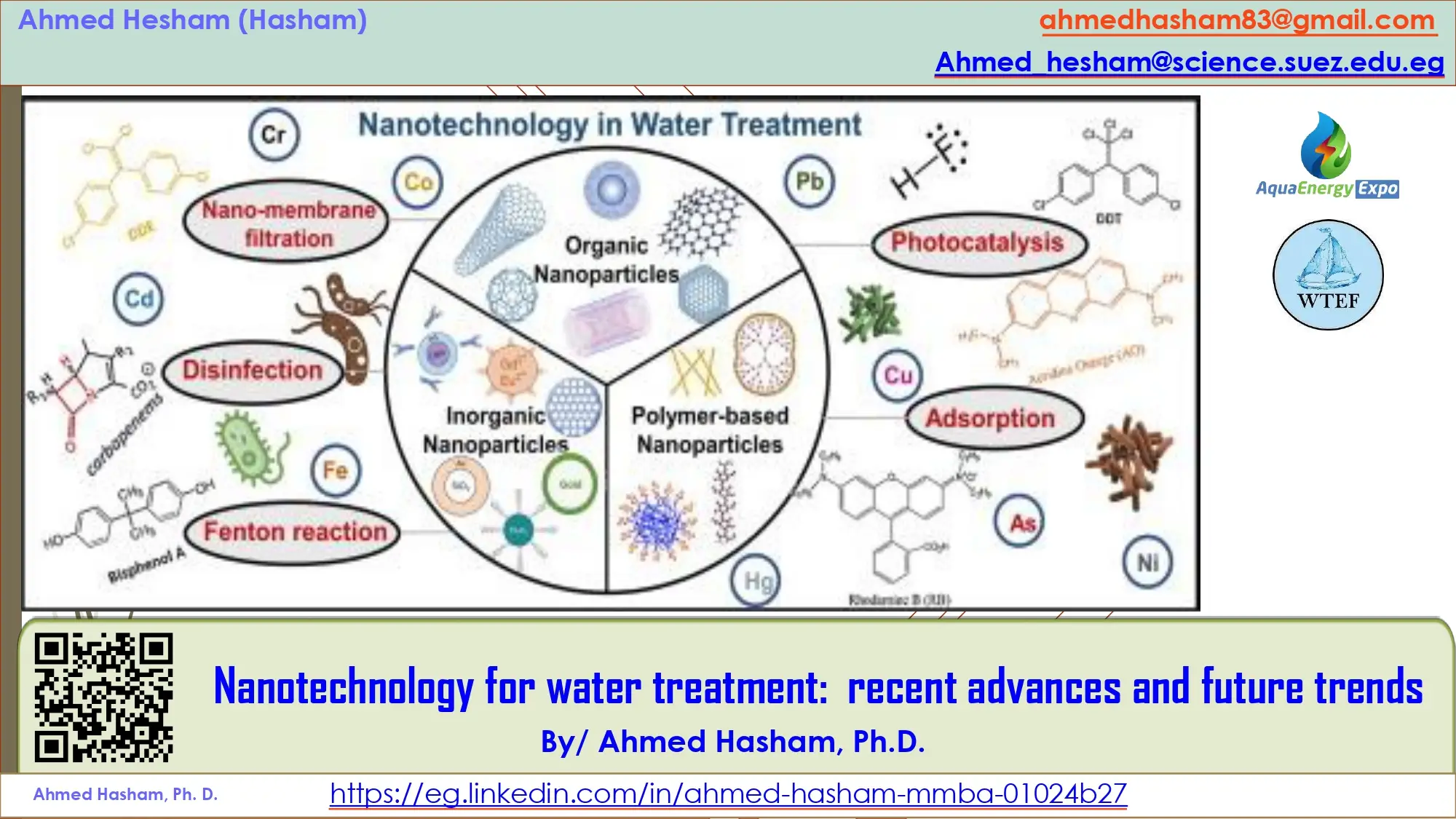
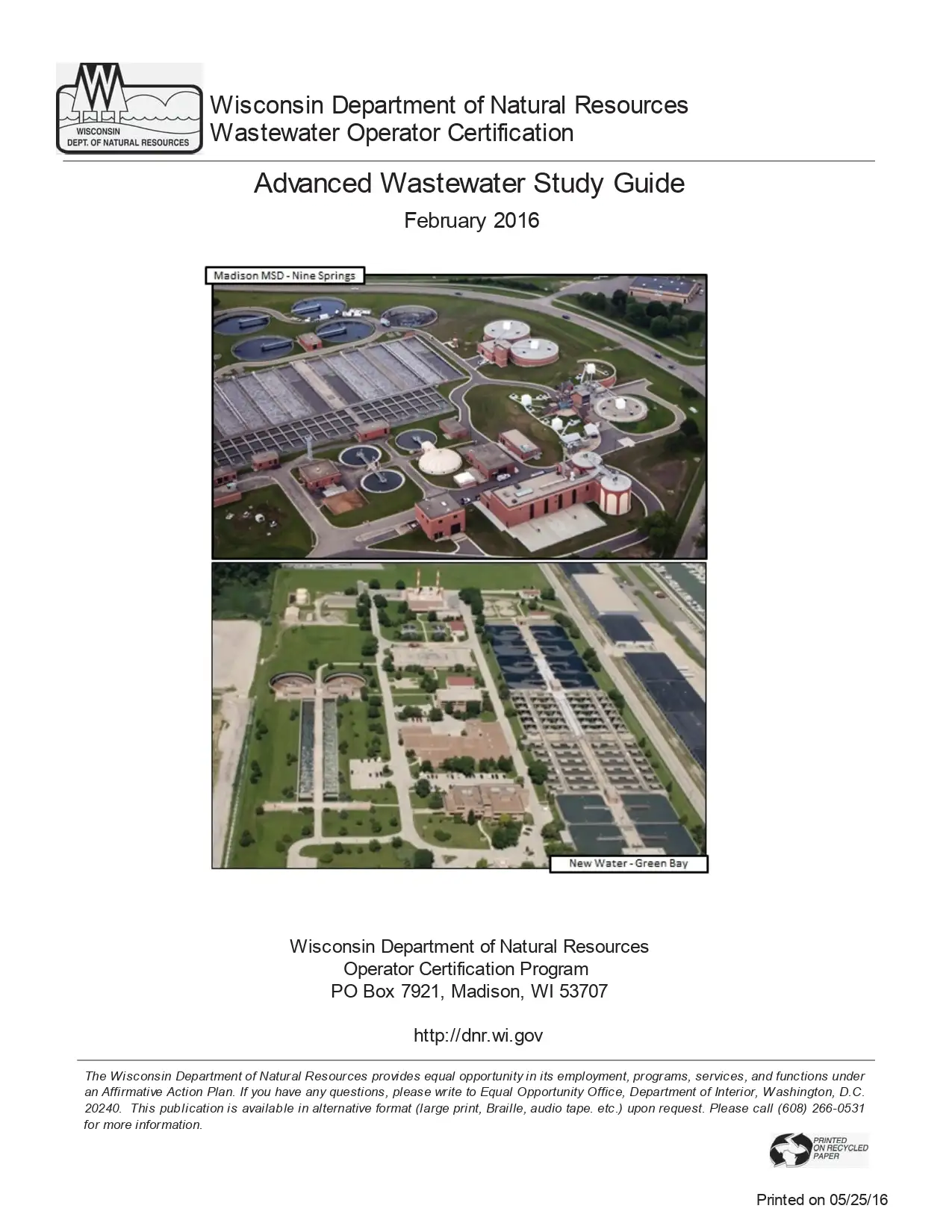
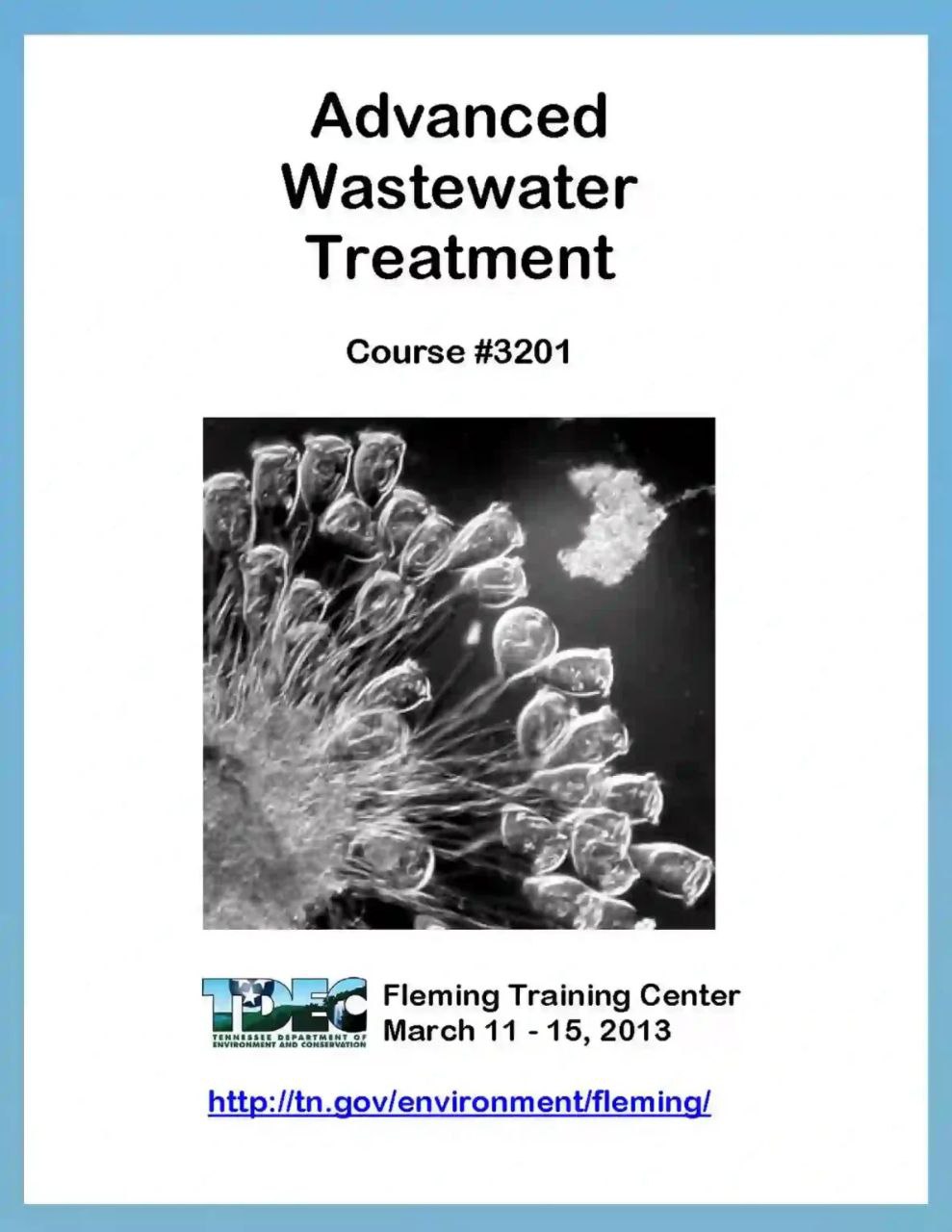
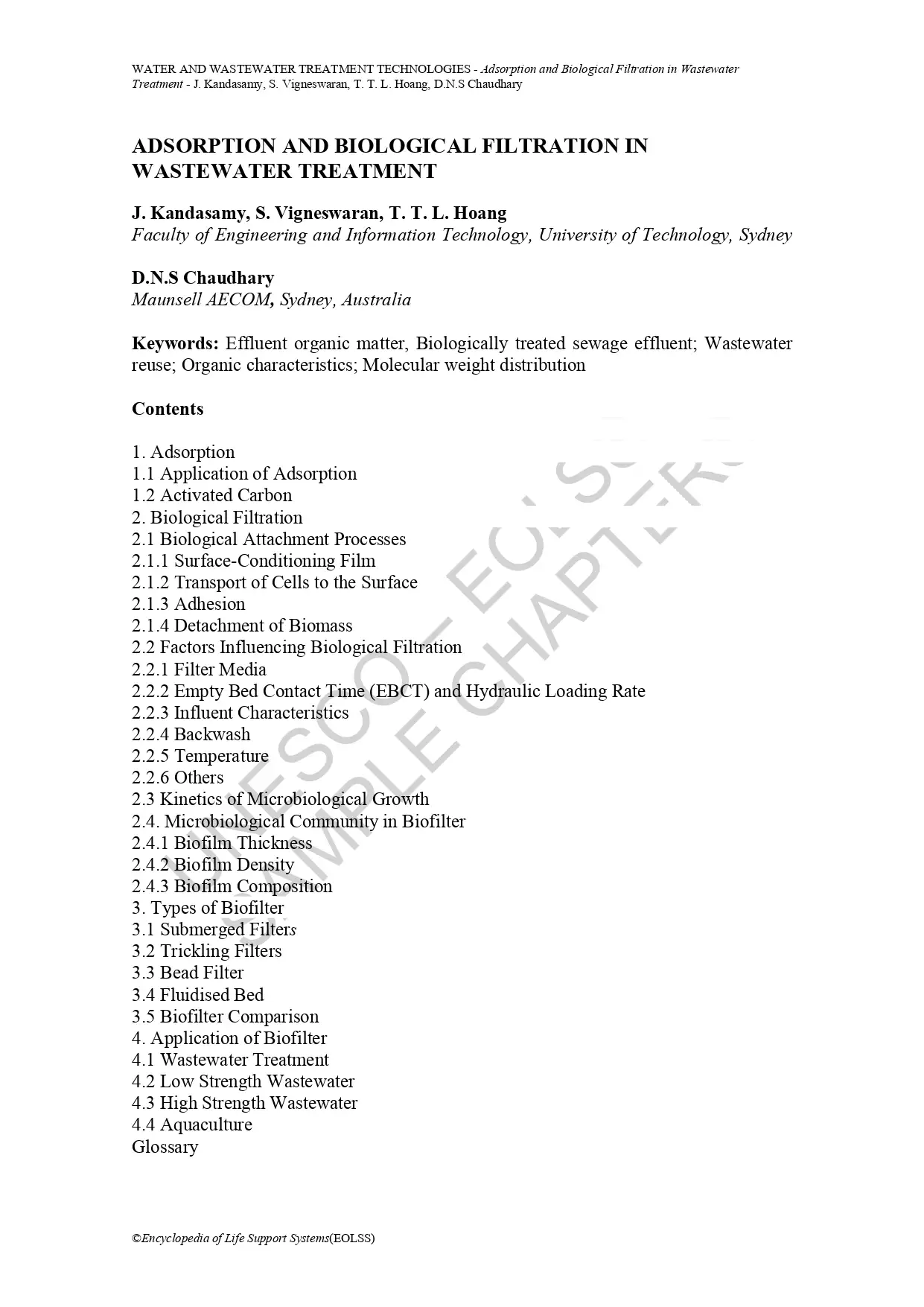
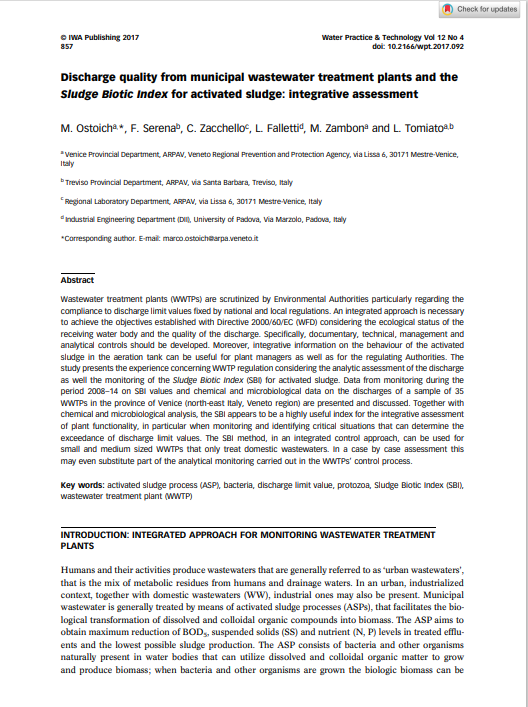
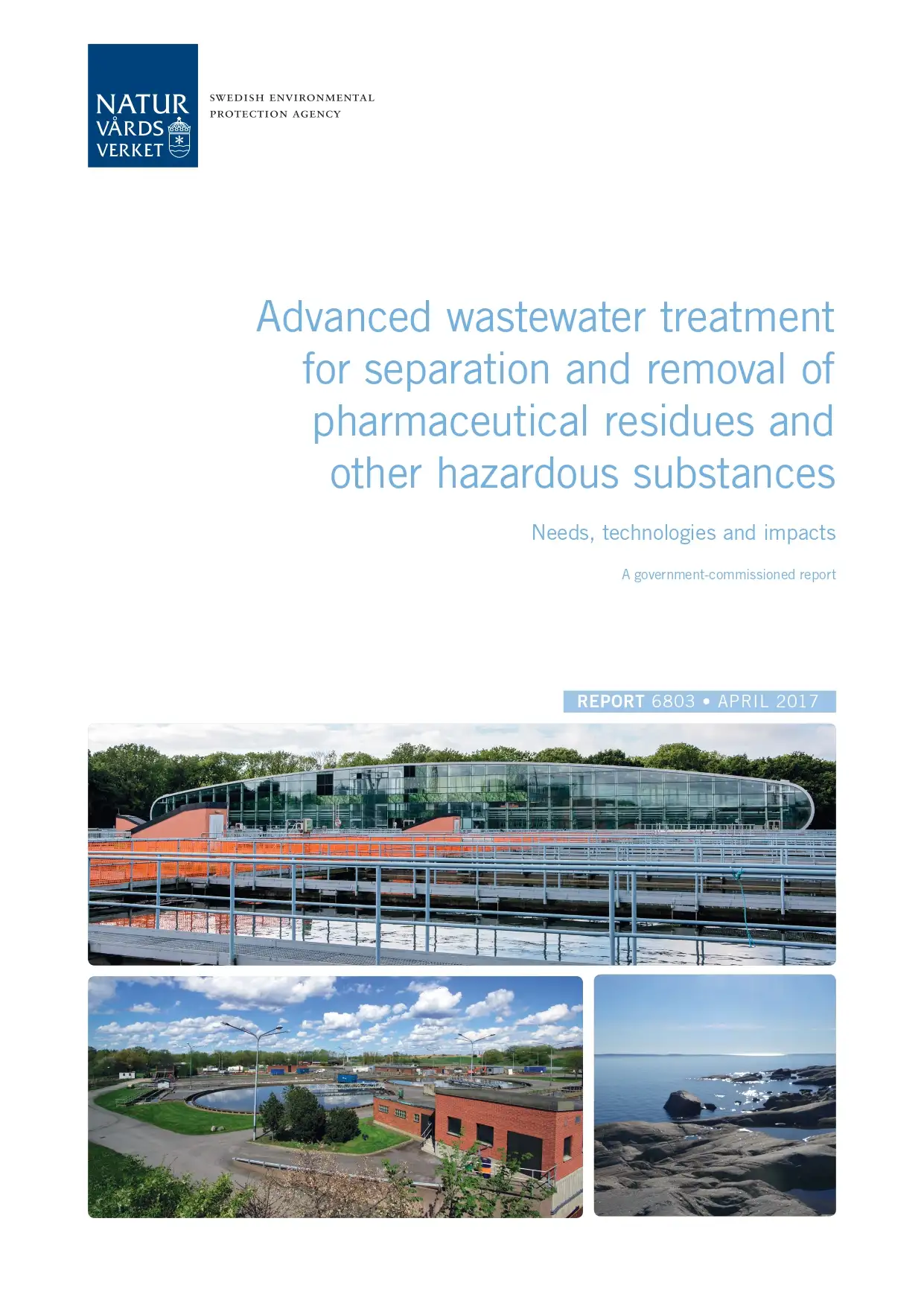
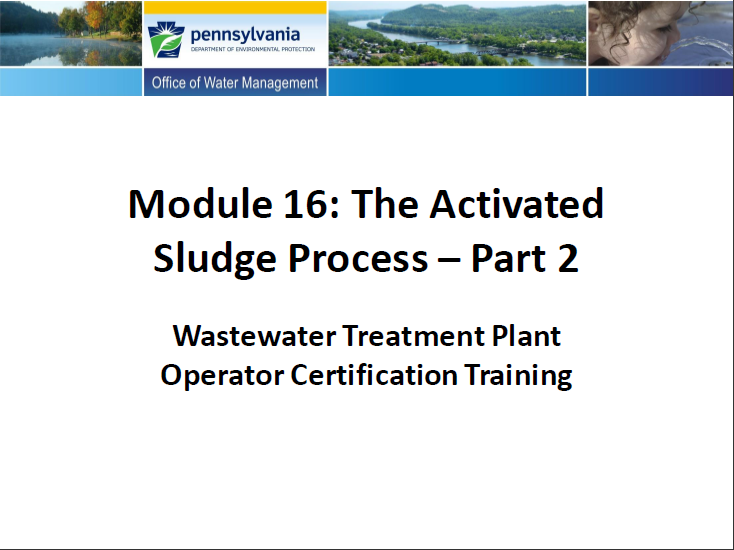
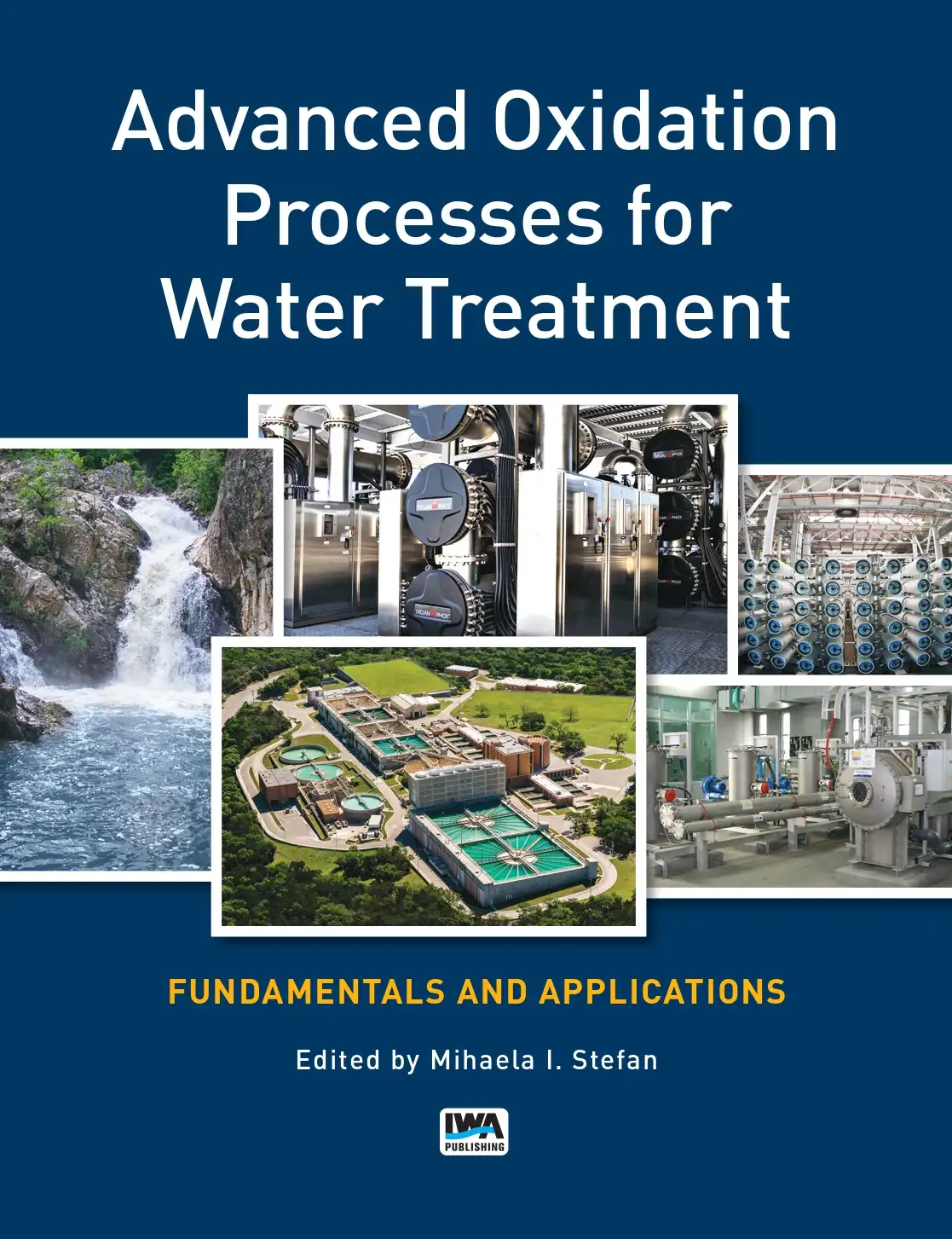
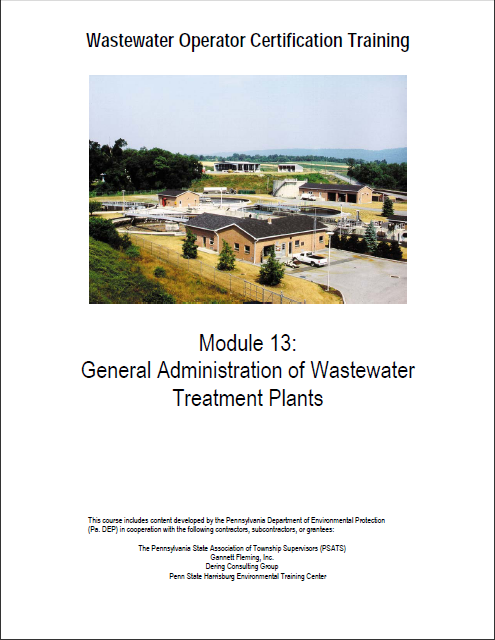

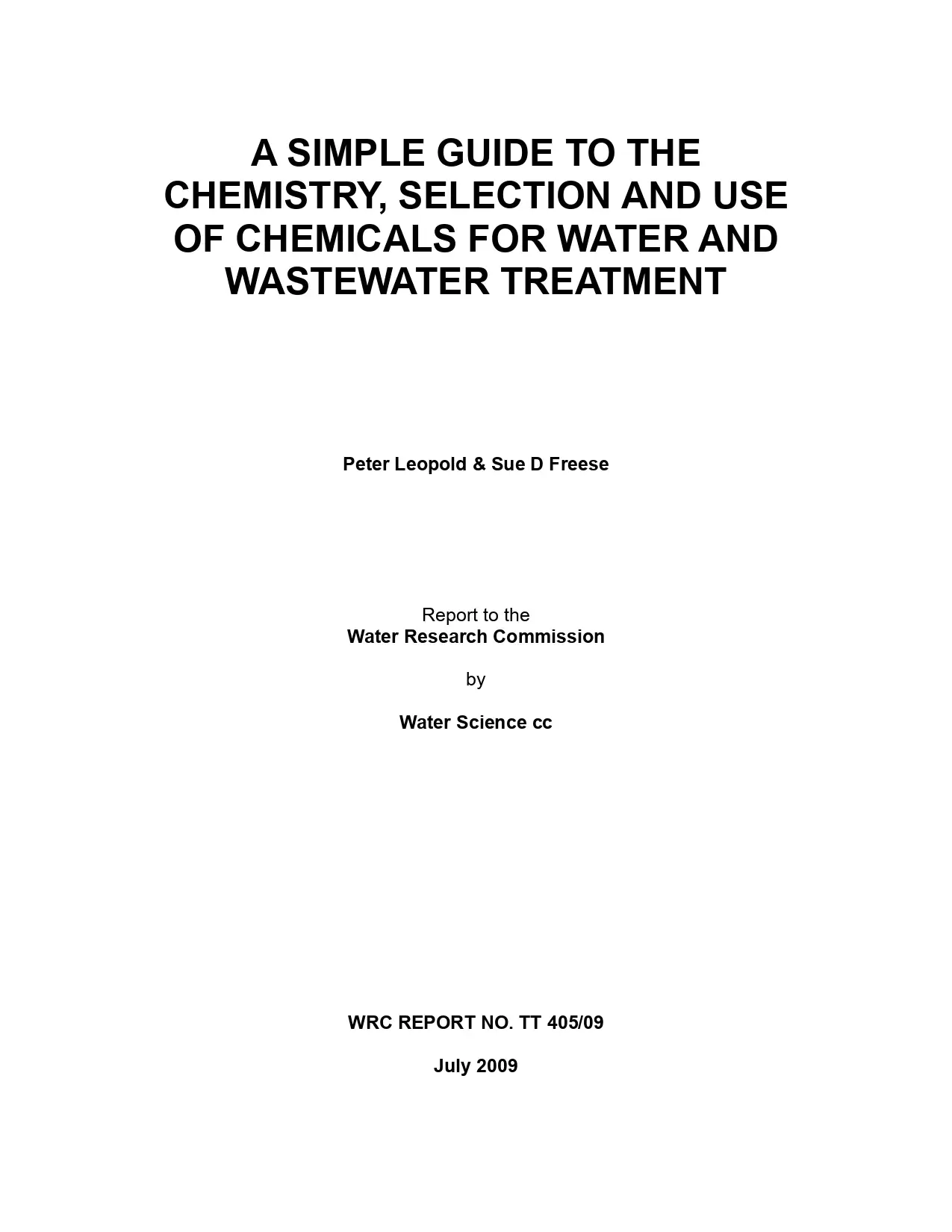
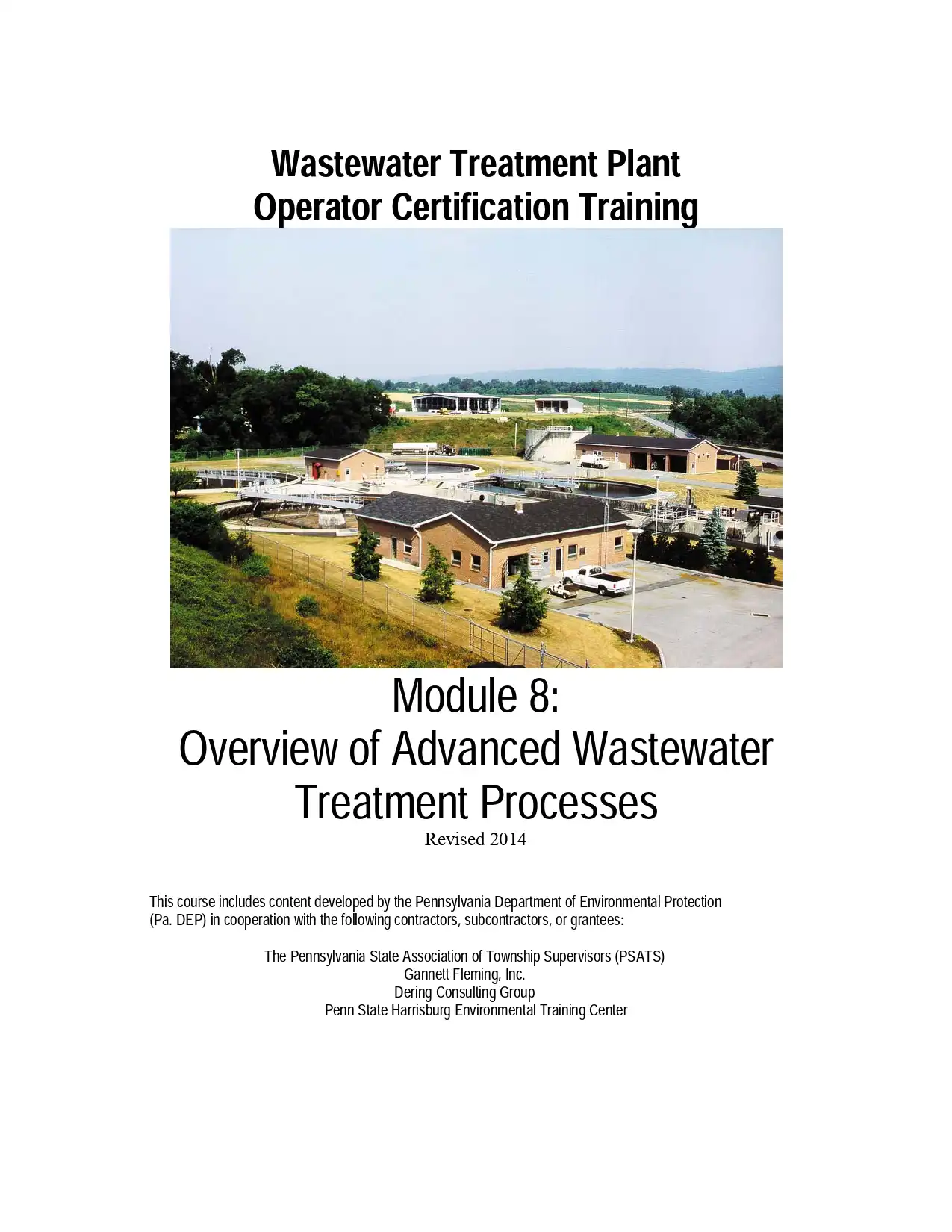
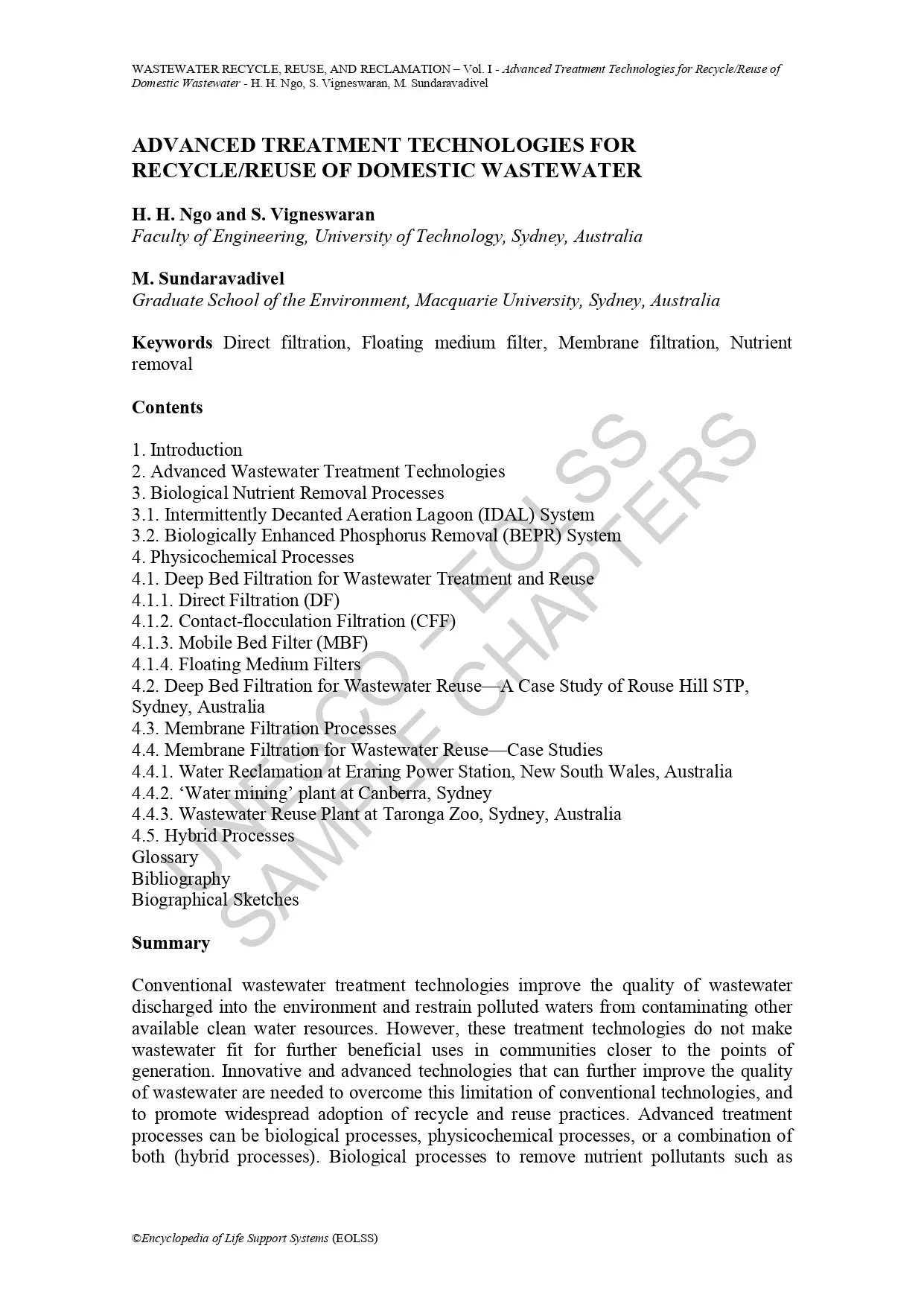
Reviews
There are no reviews yet.